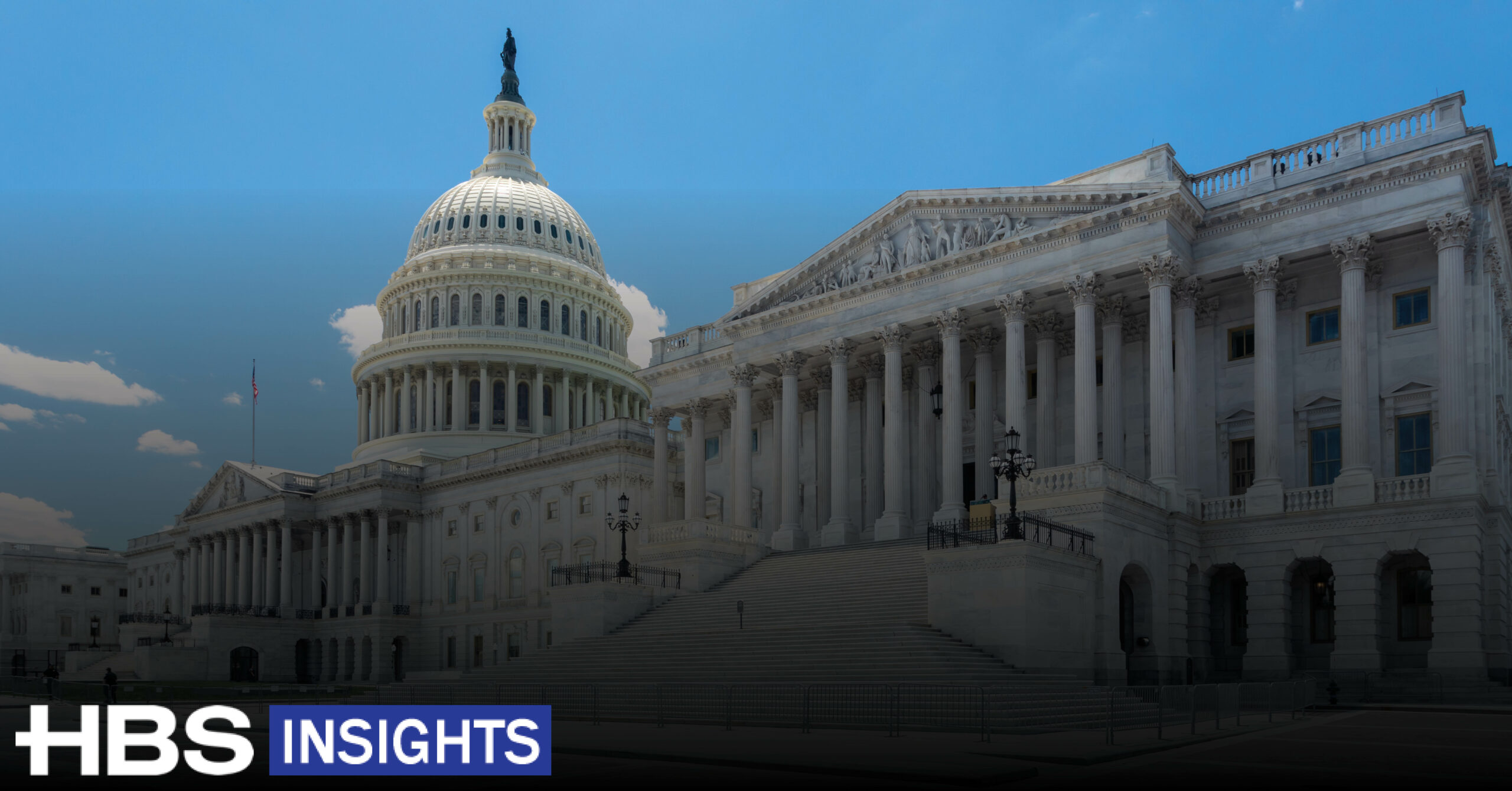A new Senate polling series has brought a different look to several Senate races, with some now beginning to tighten according to ballot test data.
For the past few weeks, we have been reporting on polls that find former President Donald Trump leading in a particular state, but the accompanying Senate race reporting very different trends. Now, we are beginning to see some change.
The Remington Research Group conducted a polling series of key Senate races and some of their results are much different than what has previously been reported. Particularly in Pennsylvania, Texas, and Wisconsin, we see a wide range among the involved recent pollsters.
Pennsylvania Sen. Bob Casey, Jr. (D), running for a fourth term, is a clear favorite for re-election, but the latest data is showing a much closer race. In mid-June, the Bullfinch Group tested the Keystone State electorate for the Commonwealth Foundation (6/14-19; 800 PA registered voters) found Sen. Casey holding a whopping twelve point lead over former hedge fund CEO David McCormick (R), a range no other pollster had reported.
Within ten days, the Cygnal research group released their statewide survey (6/27-28; 800 PA likely voters) saw a much tighter contest, with the incumbent leading 46-42%, a four-point spread. This poll was taken immediately after the presidential debate and asked some questions regarding President Biden’s performance.
Just after Cygnal’s data was released, Remington Research publicized their PA survey (6/29-7/1; 673 PA likely voters) and detected that Sen. Casey’s lead had dropped to a mere one point, with a miniscule three percentage point undecided factor.
Three strong pollsters testing the state in relatively the same period each found different ballot test responses. The trend clearly favors Mr. McCormick, and the Biden debate performance could be part of the explanation for the movement. Polling anomaly could be another. Once the Democratic presidential situation normalizes, we will likely see this race stabilizing, too. Until then, it is possible that Mr. McCormick is moving into striking range.
The next state with recent disparate polling is Texas. Democrats have viewed this race as their best offensive opportunity, and some of the survey research has substantiated that claim. The most recent data and voter history rebukes that position, however.
The University of Texas at Tyler conducted a survey over the June 11-20 period of 931 likely Lone Star State voters and found Sen. Ted Cruz (R) leading US Rep. Colin Allred (D-Dallas) by only three percentage points. A week later, the Manhattan Institute (6/25-27; 600 TX likely voters) confirmed the three point spread with their survey.
The latest poll, and the only one conducted after the presidential debate, from Remington Research (7/29-7/1; 589 TX likely voters) saw a much different race. They posted Sen. Cruz to a full ten point lead, 53-43%. This latter poll is also much more aligned with Texas voting history considering Democrats have not won a major statewide race here since 1994.
The third state is the most inconsistent, and the trend moves in the opposite direction of what we saw in the previous two. Remington Research tested the Badger State electorate (6/29-7/1; 593 TX likely voters) and found Sen. Tammy Baldwin (D) and businessman Eric Hovde (R) tied at 48%. Fabrizio Lee & Associates (R) and Impact Research (D) then jointly conducted a Wisconsin statewide poll during the June 28 – July 2 period. The 600 likely voters surveyed for the AARP organization found Sen. Baldwin leading Mr. Hovde by six percentage points.
The most recent poll, from SoCal Research taken for the On Point Politics blog and during almost the identical period as the AARP survey (6/28-7/2; 490 Wisconsin registered voters), found Sen. Baldwin holding her largest lead, 12 points, 50-38%.
The inconsistency in these surveys suggest that at least one is an anomaly. Additionally, this is the only poll where the post-debate trend went toward the Democratic candidate, and not against.
Looking at these polls in their entirety suggests that the electorate is in a state of flux, likely caused not so much by President Biden’s debate performance but the aftermath negative response.
It is likely these races will normalize when the political situation stabilizes. At that time, more consistent and accurate trends will present themselves.
We offer this political insights report for your information and not as a predictor or representative of opinions of HBS or its employees
